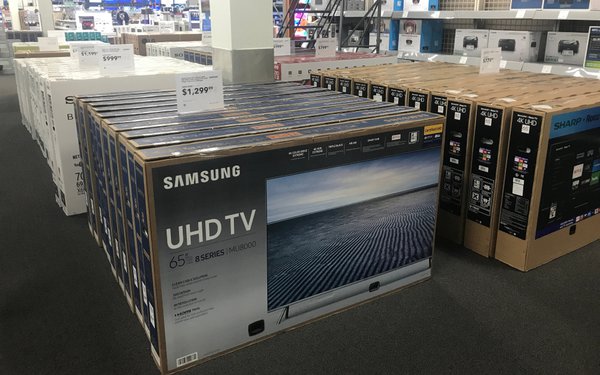
Smart TV shipments have slowed during the first
quarter of 2022 after a period of growth during the pandemic -- with a 9.2% decline, according to Kagan, a media research group of S&P Global Market Intelligence.
At the same time, smart TV
revenues saw growth of 10% to $16.63 billion -- contributing to and fueling inflation.
Due to component shortages, the average selling price of a smart TV set jumped 21% to $496.
Kagan
notes that these revenue estimates are only for TV unit sales, which does not include smart TV-related advertising or platform distribution fee revenues.
Chinese-based smart TV companies are
growing twice as fast as Korean and Japanese-based brands -- which have seen 19% and 27% year-over-year growth respectively, Kagan says.
Samsung remains the biggest global smart TV
manufacturer -- with a 28.1% share. It added 9.8 million units in the period. LG is next 14.3% (growing 4.7 million); TCL, 10.7% (4.6 million); Sony, 6.3% (1.5 million); Xiaomi, 5.3% (3.0 million);
and Vizio 4.1% (1.4 million).
advertisement
advertisement
The total smart TV global base for the first quarter is now at 786 million units, with the first quarter adding 33.6 million.
In terms of
smart TV on-screen interface technology, Samsung's Smart Hub (Tizen) is tops: 23.1%; WebOS, 12.3%; Android TV, 12.2%; Roku, 5.9%; Skyworth, 4.3%; and TV+OS, 3.9%.